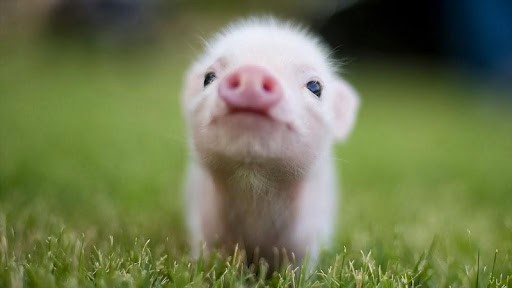The still-recent breakthrough of genetic engineering has opened up an entirely new spectrum of opportunities for mankind, as well as ethics. What parts of the genetic structure should be allowed to be altered? And how much can they be altered before it becomes unethical? Genetic engineering carries the potential to rid the genetic structure of congenital disease in developing babies, and even prevent the risk of certain diseases after birth altogether. On another note It can also allow future parents to genetically “design” their baby to look and grow however they desire. This idea on its own raises a lot of ethical controversy, and could change the game of baby-making entirely.
The Beijing Genomics Institute (BGI) is putting these questions to the test, however, not with humans. An article was published on IFLScience on October 1, 2015, titled, “Scientists Have Genetically Engineered Micropigs To Sell As Pets.” As explained by author Kristy Hamilton, the BGI initially began genetically engineering and breeding what they call “micropigs” for the purpose of conducting medical research. Pigs seem to share similar biology to humans in organ and tissue composition, and by breeding smaller pigs, BGI is able to be more efficient with their resources. “According to BGI, these little pigs have already proved helpful in studies concerning stem cells and gut microbiota. Smaller pigs are also more manageable test subjects, as they require less lab space, drug doses and upkeep costs” (Hamilton).
Animal testing is a completely separate issue in itself, one far larger than genetic mutation of animals is in the current day. The ethics of genetically engineering these pigs are questionable. Although BGI claims that the pigs suffer no health detriments from the mutation of their size, nobody can be too sure quite yet. On the other hand, many people see this form of breeding to be on the same level as breeding say, dogs or cats for their personality traits.
What we do know is, the truth of the matter is simple; the science of genetic mutation is still too new of a concept to the world for people to have undoubted faith in. Regardless, it will be no surprise that many people will purchase micropigs as pets. And it’s not hard to see why. I mean, look at them.
(Link to References in the Article Above)
